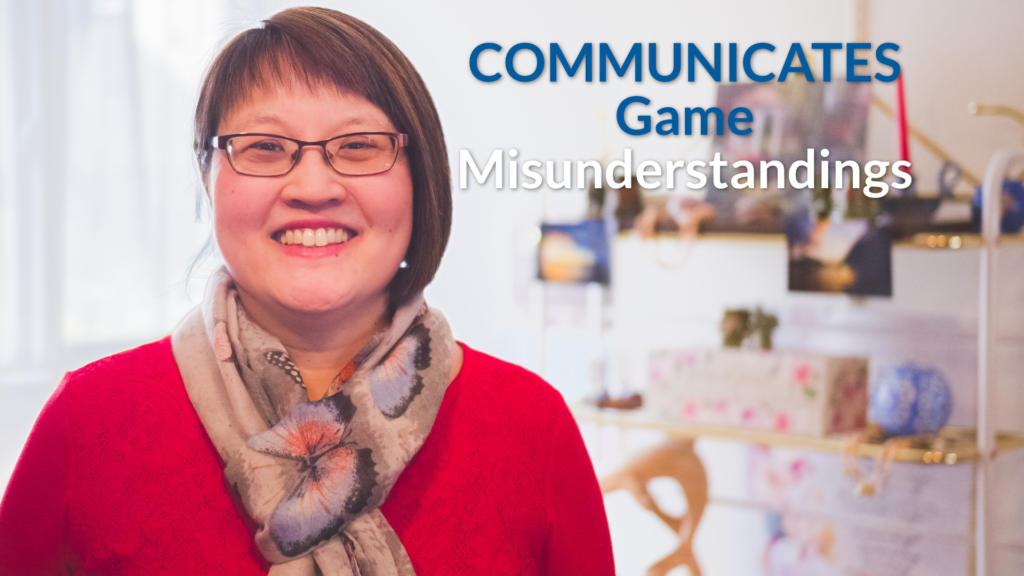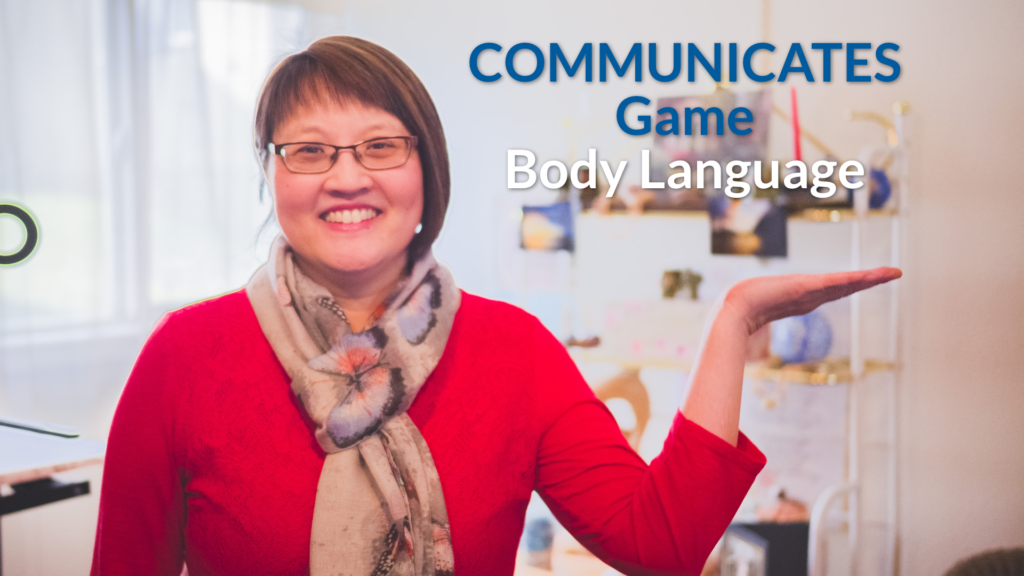Nurture Feelings | The COMMUNICATES Game

If you’re a sensitive, introverted, conflict phobic person who would love to be able to communicate your thoughts, feelings and desires, without the fear of arguments and criticisms, so that you can have a happy and harmonious relationship so that you will never feel lonely again, in your relationship with your partner. Stay tuned for […]
Let’s Play COMMUNICATES (Nurture Feelings)

During your ‘communication game’ has this ever happened to you? You’re having a nice communication and then all of the sudden the mood suddenly changes? The mood has changed because either another person joined the group, or something was said which totally changed the whole mood of the conversation. If you resonate as being a […]
GraceSOULutions Featured In New York Weekly

I’m so excited to have been featured in New York Weekly! Here is a brief excerpt from the article: Grace CW Liu, a renowned communication expert and founder of GraceSOULutions, is revolutionizing the way introverted, sensitive women communicate in their personal relationships. Through her expertise as a speech-language pathologist and her understanding of the power […]
Misunderstandings | The COMMUNICATES Game

If you’re a sensitive, introverted, conflict phobic person, who would love to be able to communicate your thoughts, feelings and desires, without the feeling of being overlooked, overshadowed and overwhelmed in your communication, so that you can have that happy and harmonious relationship. Stay tuned for fun and valuable information. Hi, I’m Grace, and welcome […]
Let’s Play COMMUNICATES (Understanding is Broken)

When playing a game or sport, misunderstandings can happen at any time. Any player can misunderstand the given instructions for playing the game or misunderstand an action to take during game play. If misunderstandings can occur while playing a game or sport, then they certainly can also occur during a conversation or in communication! Afterall, […]
Body Language | The COMMUNICATES Game

https://vimeo.com/815756959 If you’re an introvert, sensitive, conflict phobic person who would love to be able to communicate your thoughts, feelings and desires without the feeling of being overlooked, overshadowed and overwhelmed, stay tuned for fun and valuable information. Hi, I’m Grace, and welcome to The Communicates Warrior Game video series, or what I like to […]
Let’s Play COMMUNICATES (Movement AKA Body Language)

If you’re a sensitive introvert and conflict-phobic person you might be more aware and pay attention to details such to body language more than a person who is not sensitive, conflict-phobic and an extrovert. With the communicates game, you are likely to notice the different facial and body movements of the people you’re playing the […]
